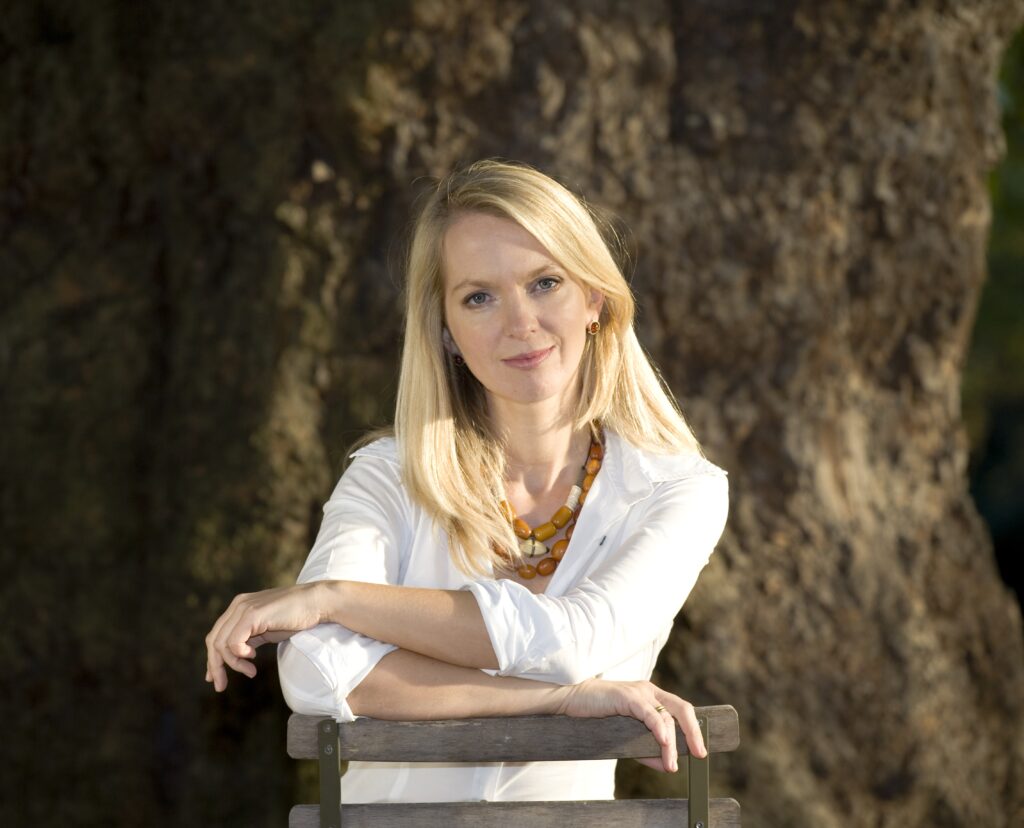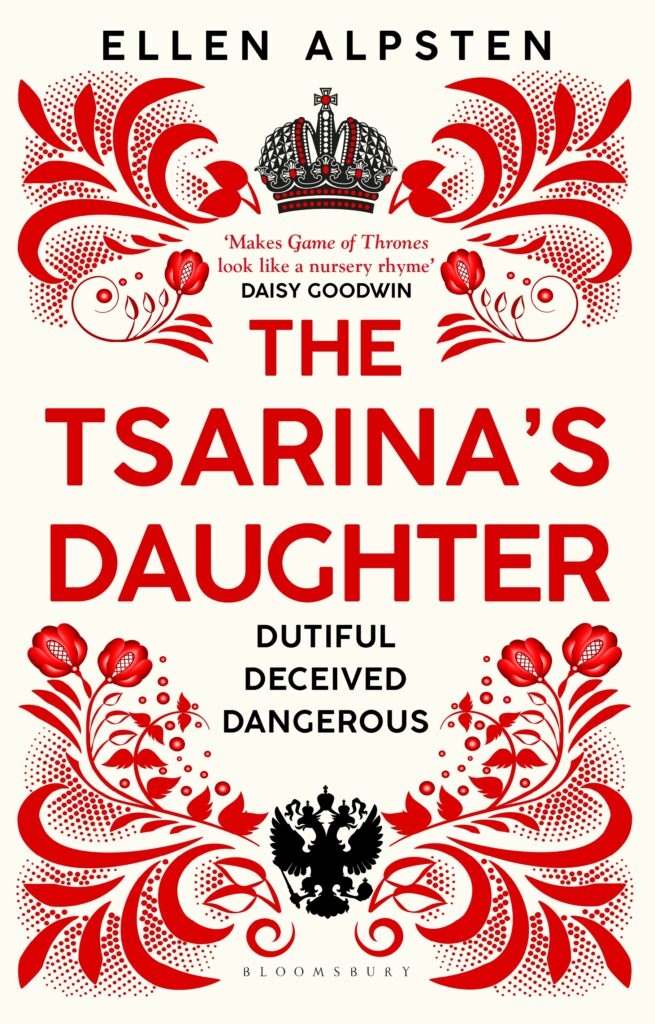Tell us about what you have written?
When hearing about the heroines of my novels ‘Tsarina’ and ‘The Tsarina’s Daughter’, people’s eyes pop: ‘How did you find them?’ No wonder – both belong to the family of which its own Nikita Romanov said in 1669: ‘Our men are meek as maidens, and our women wild as wolverines.’ Both books are the first ever published novels about either lady. ‘Tsarina’ Catherine I. rose from illiterate serf to first reigning Empress of Russia, while the country morphed from backward nation to modern superpower. ‘The Tsarina’s Daughter’, Elizabeth, the only surviving of Peter the Great’s fifteen children, lived the opposite of her mother: she fell from unimaginable riches to rags, before triumphantly rising from rags to Romanov.
What you are promoting now?
‘The Tsarina’s Daughter’ – the second book in a planned quartet – is published in July 2021. It was a privilege to write. Elizabeth emerges from the strict historical setting of the Petrine era – the construction of St. Petersburg, old semi-Asian Muscovy fighting the new half-European Russia – as a very modern woman. At her parents’ death, friends turned foe. Barely out of her teens, she was impoverished and isolated; even loving her was a crime that warranted capital punishment. Yet even when her path proved to be stony, Elizabeth would not surrender. She decides to take what is hers – Russia’s throne – even if it comes at a terrible price.
Tell us a bit about your process of writing.
As a student, I worked as an assistant for the Parisian bestselling author Benoite Groult. Every evening I did my own writing in my little studio, 12 sqm in the 7th arrondissement: a million words before I ever got published. Nowadays, there is no writer’s block. The Muse has to present herself at 9.30 and she better bring coffee. Working on a PC is a blessing – I am in awe when seeing Dostoevsky’s handwritten manuscripts. To finish a novel is a challenge, yet the first draft is a drop in the ocean. Editing is schizophrenic, knowing the manuscript by heart yet reading it afresh countless times. Doing our best is a duty. Readers offer us their most valuable – their time, an ever-diminishing resource.
How do you structure a book?
Mme Groult’s advice for starting and structuring a novel was invaluable: ‘The first stanza is the novel en miniature.’ Which moment sums up the story’s conflict? A life’s ups and downs so not reel the reader in. Choose characters with care – who are they, why are they there, and how do they drive the story forward?
What do you find hard about writing?
Being a writer can be a Janus-faced existence. Lonely and introspective, at publication time the cruellest of lights may be shed on your innermost thoughts and feelings. The path to success is littered with rejection – in a former life, I was either a duck or a teflon-coated pan. Getting published traditionally is artistically the hardest challenge. A painting is judged in a second, a song listened to in three minutes. But convincing someone to read your 650-page tome?
What do you love about writing?
By writing, I am living my dream: making other people dream. The freedom we live, and the alternate worlds we create, are worth any moment of self-doubt. If you doubt, you work harder. Enjoy the trip, as the goals are forever shifting – and as utterly unattainable as the most elusive of lovers.
The paperback of Tsarina is published on the 24th June and the hardback of The Tsarina’s Daughter is out on 8th July,


